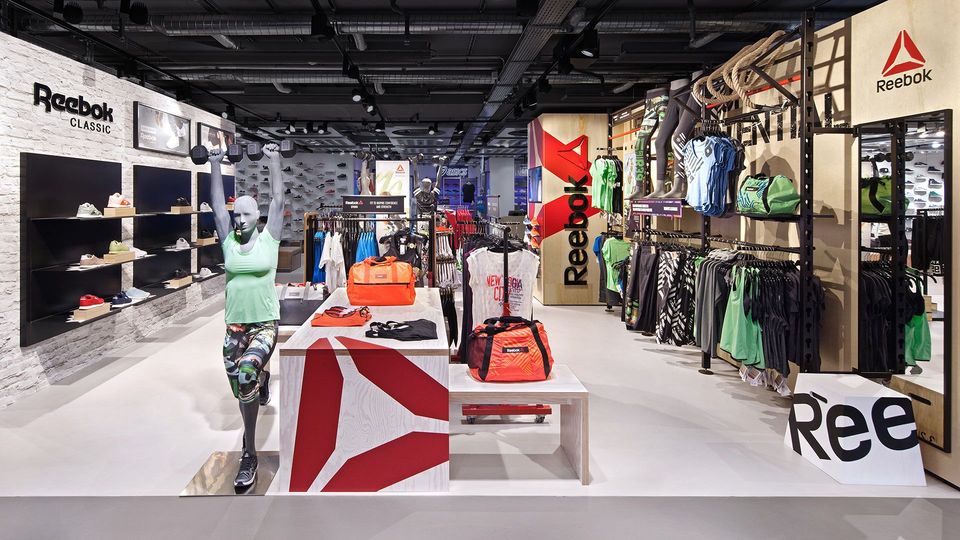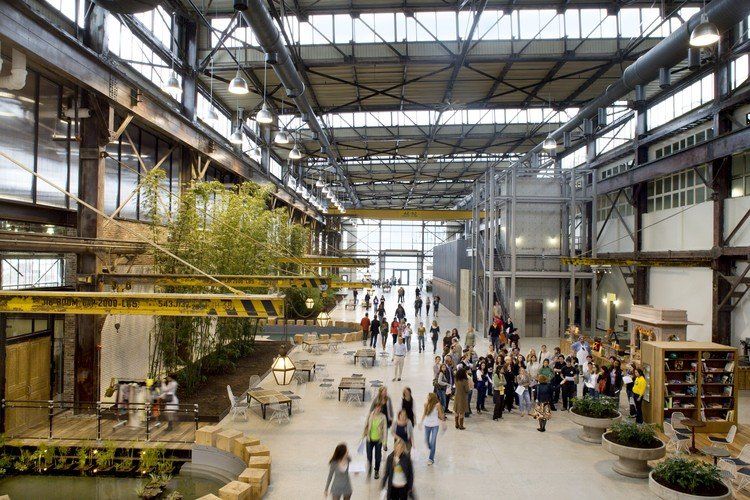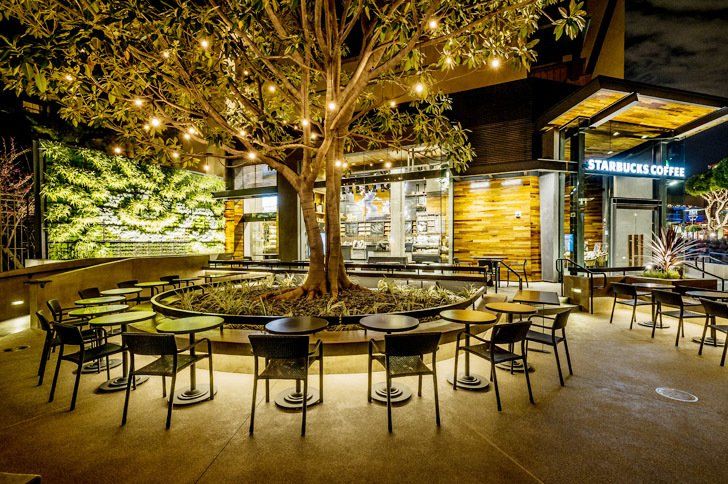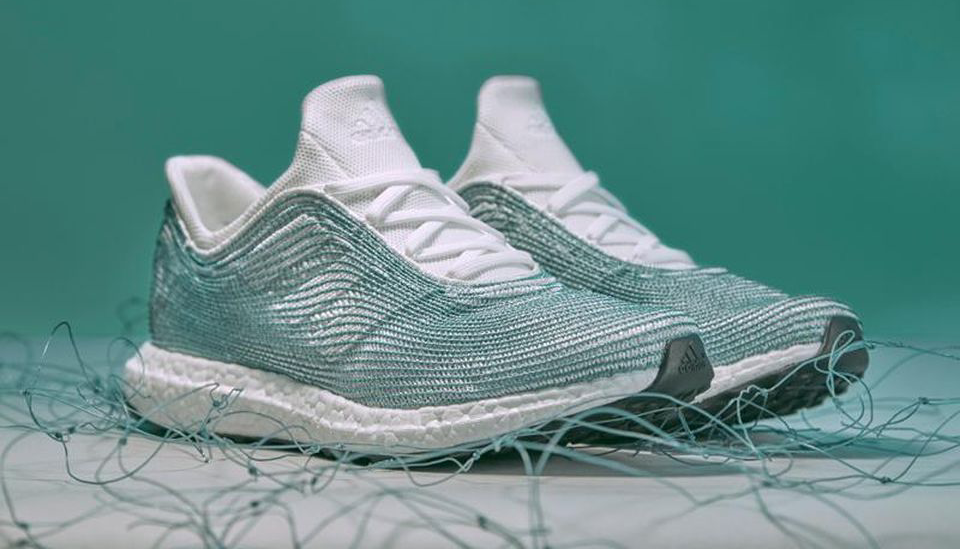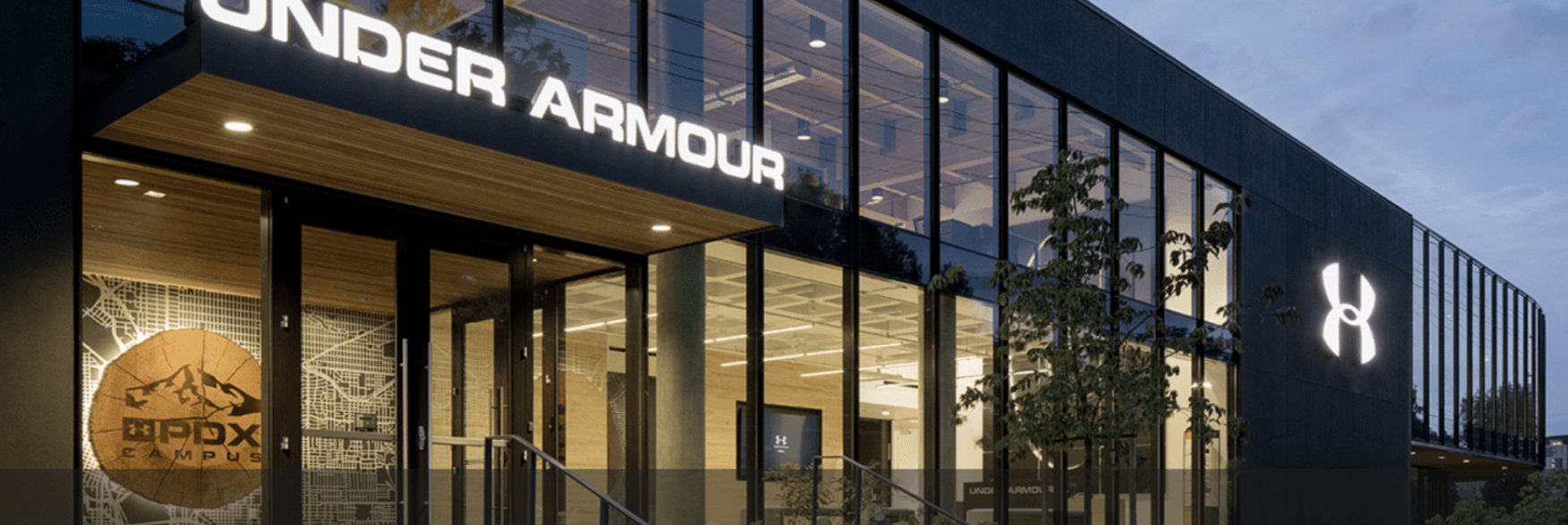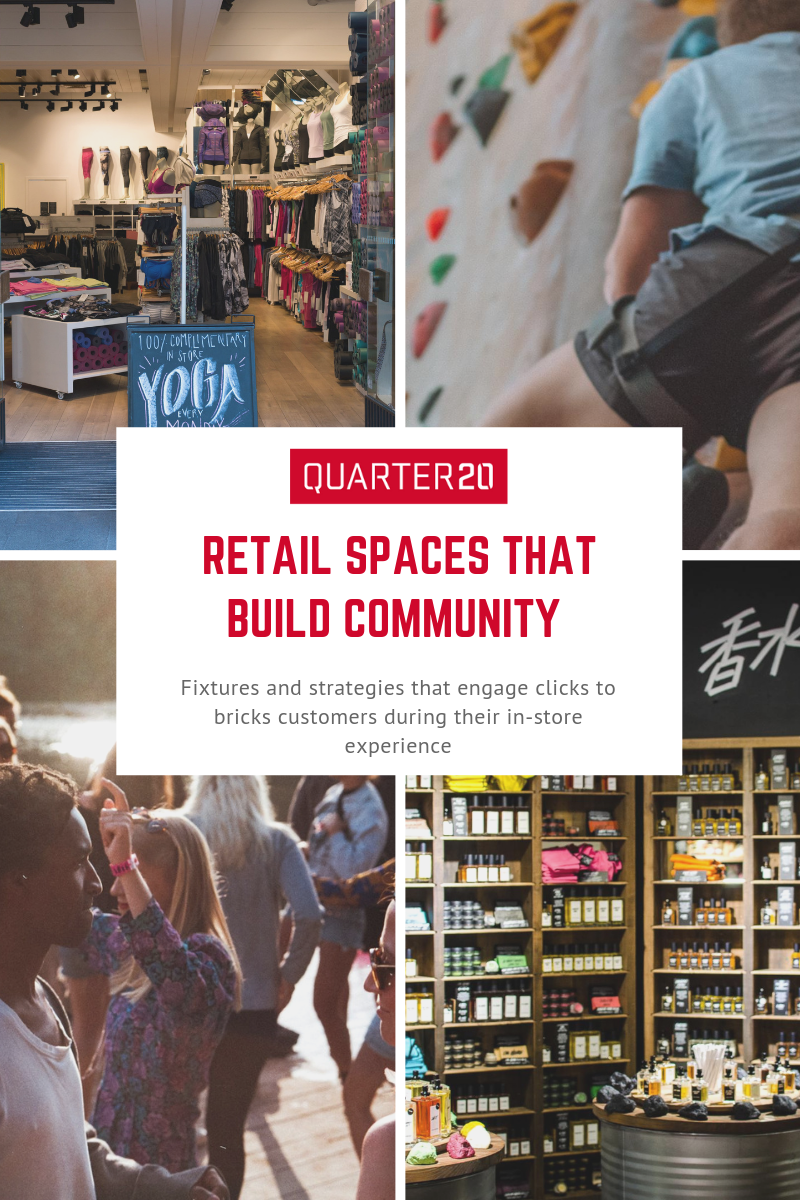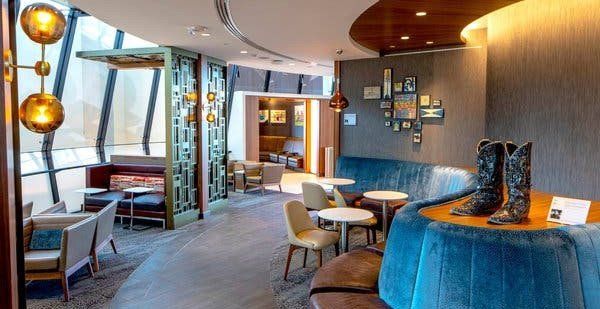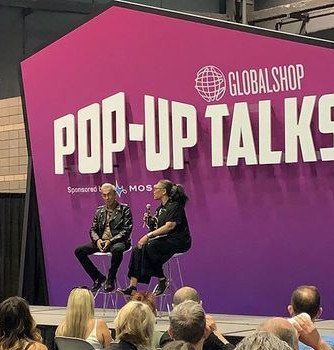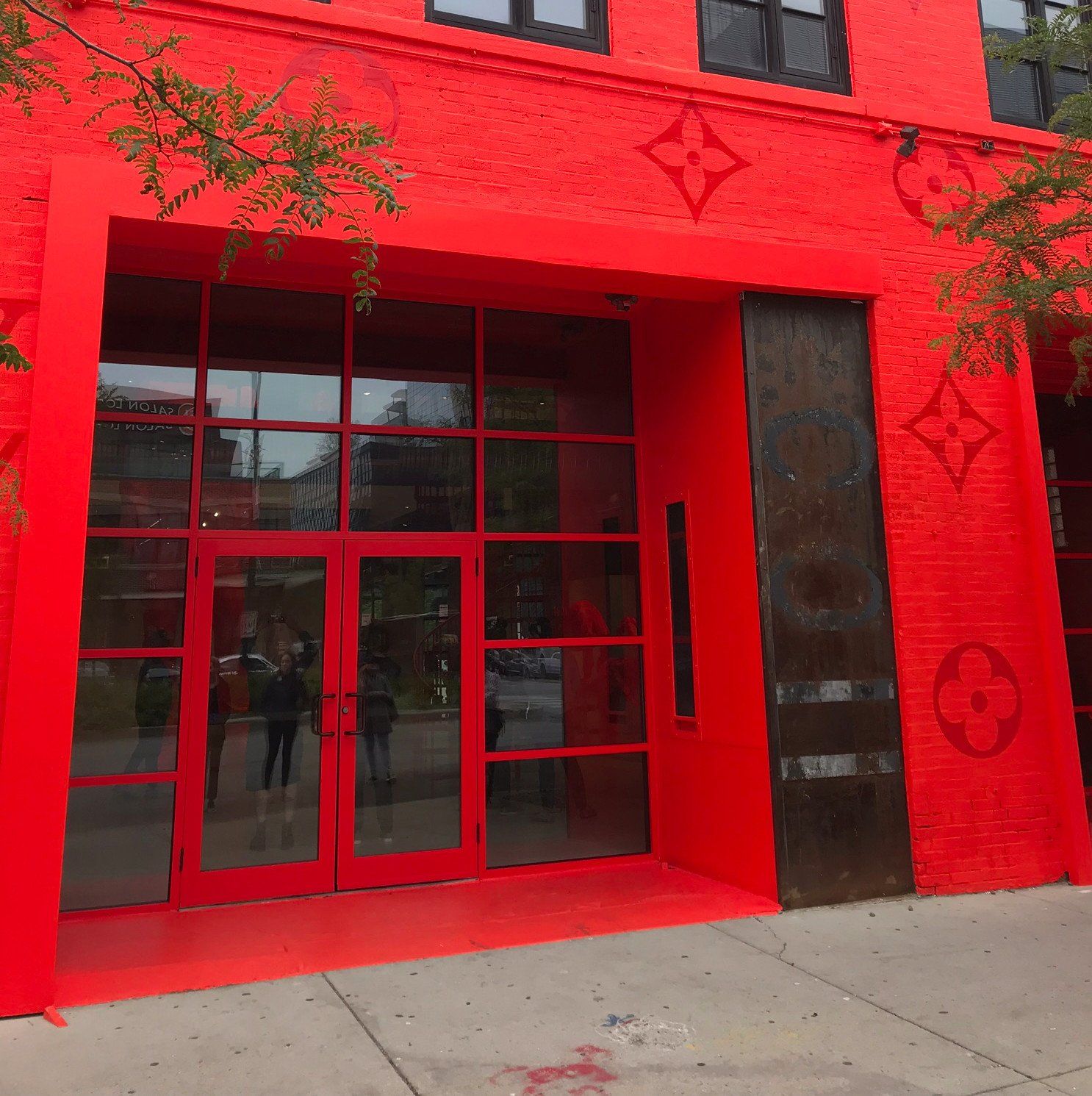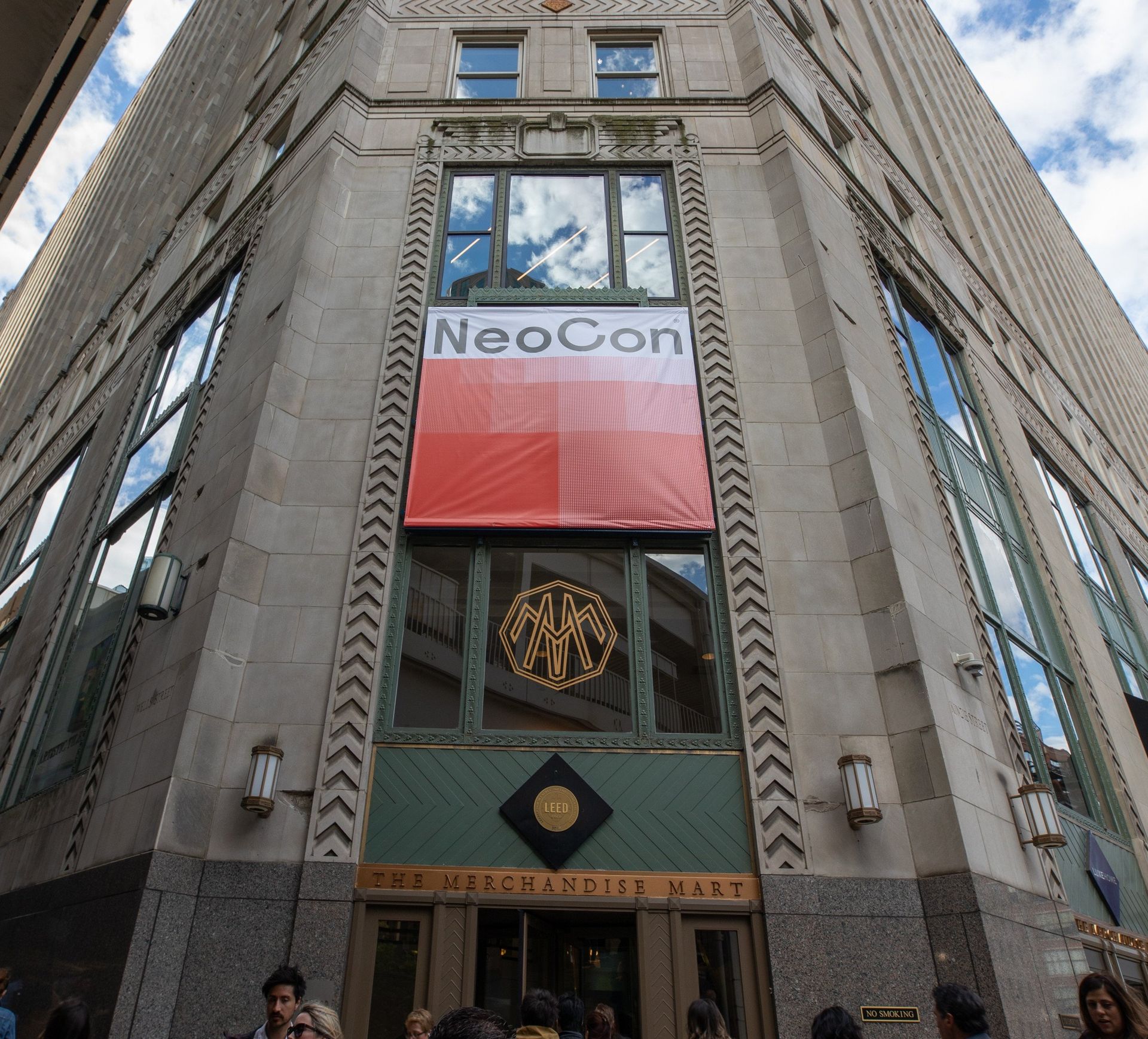5 Major Retailers That Nail Sustainable Design In Their Brick And Mortar Stores And How They Do It
January 6, 2020
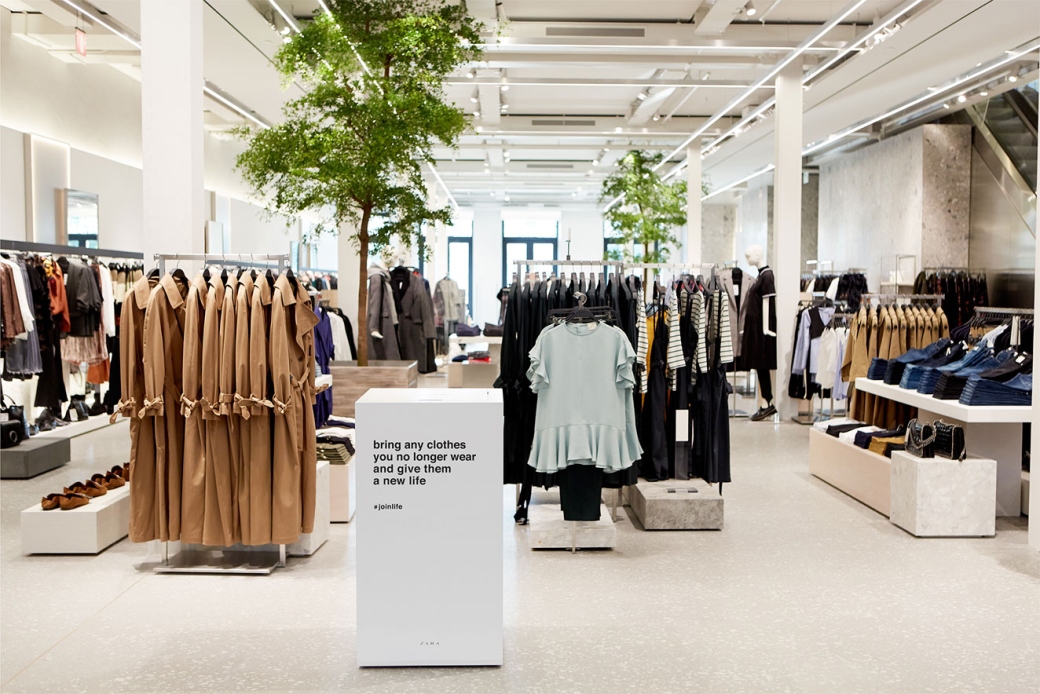
It’s the retail trend that’s gone from out of the ordinary to mainstream. As consumers become more aware of the impact their lifestyles have on the environment, they’re demanding the manufacturers and retailers they support take a more sustainable approach to how they do business.
To be sure, major players in the retail industry have been moving towards sustainability since the turn of the century. But while grocery stores have worked to eliminate food waste and clothing stores have focused on ethical fashion and locally sourced materials, to date less progress has been made on sustainable design in physical stores.
That’s all changing as retailers realize that to stay relevant with a more environmentally conscious clientele, they must make sustainability a core tenet of their operations. Here’s how 5 major retailers are taking on this new world order.
Reebok Makes a Run for It
Reebok’s sustainability practices in environmental impact, labor conditions, and animal welfare have been recognized as leading edge. One of the company’s latest innovations, Cotton + Corn shoes, are aimed directly at its eco-minded fans. With an upper made entirely of cotton, corn-based soles, castor bean oil insoles, and 100% recycled packaging, the brand is making a bold move into leather alternatives, a change their customers welcome.
Urban Outfitters and the Repurposed Space
Operating under the belief that the greenest building is the one that’s already been built, Urban Outfitters’ sustainable design strategy is focused on preserving structures through what the company calls “adaptive reuse.” The brand’s headquarters was built in renovated abandoned Navy shipe yards in Philadelphia and its brick and mortar stores have fascinating previous lives. One beautiful example is their store in the totally transformed Rialto Theater in Los Angeles.
Starbucks’ Splash of Green
It already uses ethically sourced coffee and has pledged to develop and introduce fully recyclable and compostable cups. The brand’s latest plan is to build 10,000 greener stores by 2025, including renovations to existing spaces. In what the company is calling a deeper commitment to sustainability, customers can expect to see innovations like solar and wind power along with the use of sustainably sourced materials for interiors.
Adidas Aims to Save Oceans
In 2017, Adidas sold one million pairs of sneakers made from ocean waste. Now the brand is introducing a line of recycled clothing in its drive to become even more eco-minded. Collaborating with Parley for the Oceans, the company is finding new and exciting ways to use plastic pollution to create sustainable fashion. Its expanded line includes everything from quick-drying tees to shorts and hoodies. A few of their other sustainable goals include reduction of waste, water use, and energy consumption.
Under Armour LEEDing the Way
Like other major retailers, Under Armour relies on LEED (Leadership in Energy and Environmental Design) to support sustainability and give its customers the transparency and environmental responsibility they demand. New retail spaces include LEED elements such as:
- Controlled LED lighting
- Remote controlled energy management systems
- Concrete floors free of dyes
- Recycled rubber flooring
- VOC-free paints
- Sustainable wood
Along with its other sustainability efforts like recycled packaging and a reduced environmental impact, the brand is using green buildings to further its commitment to a cleaner and healthier world.
Sustainability is an all-round good practice and sustainable design is quickly becoming an important factor major brands want to embrace and project. While trends and market circumstances will always evolve, sustainability as a foundation is here to stay. It holds brands accountable for their carbon footprint while enhancing their reputation and building a loyal customer base. That’s a retail environment where everyone wins.
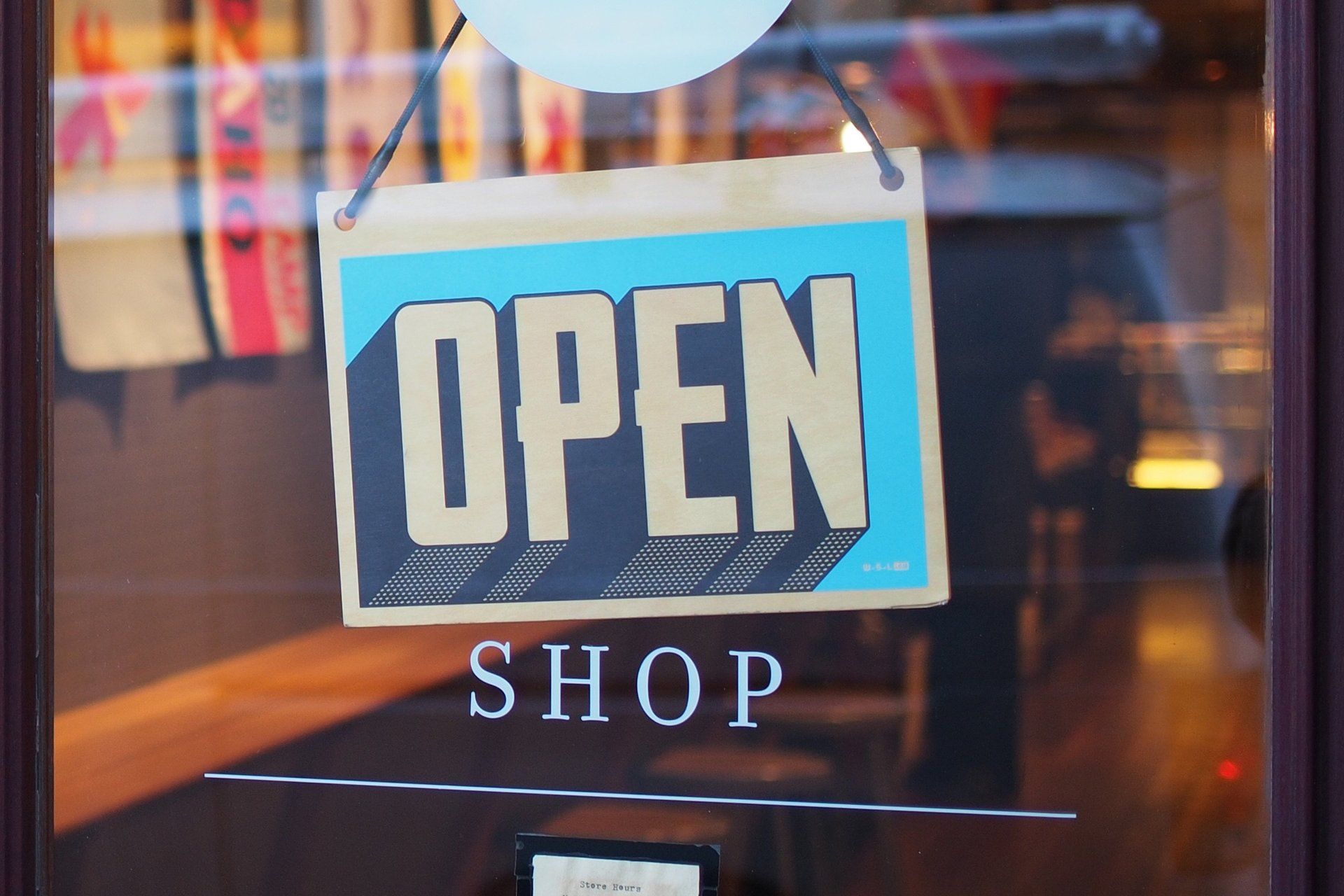
Everyone is grappling with the realities of this pandemic. What it means for their business, customers, employees, and the future of their brand is uncertain. As dire as that sounds, always keep in mind, this will all end eventually. Quarter20 is always looking ahead, and now is no different. When people go into stores, what will they find and how will it be changed is a question that we are looking to answer.
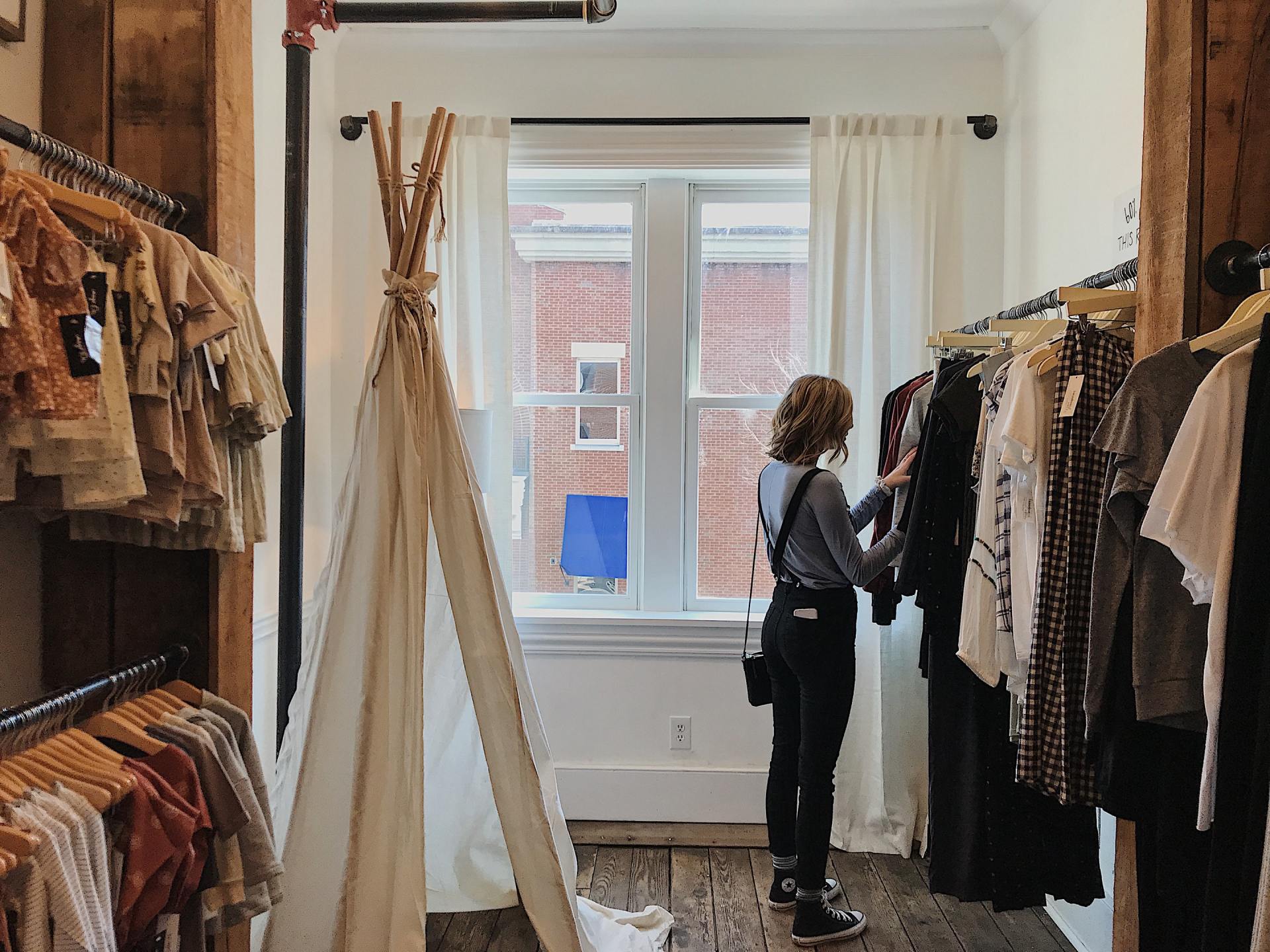
The Case For Convenience. How These Retailers Built Convenience Directly Into Their Brand Experience
Read how these major brands have built convenience directly into their retail brand experience.
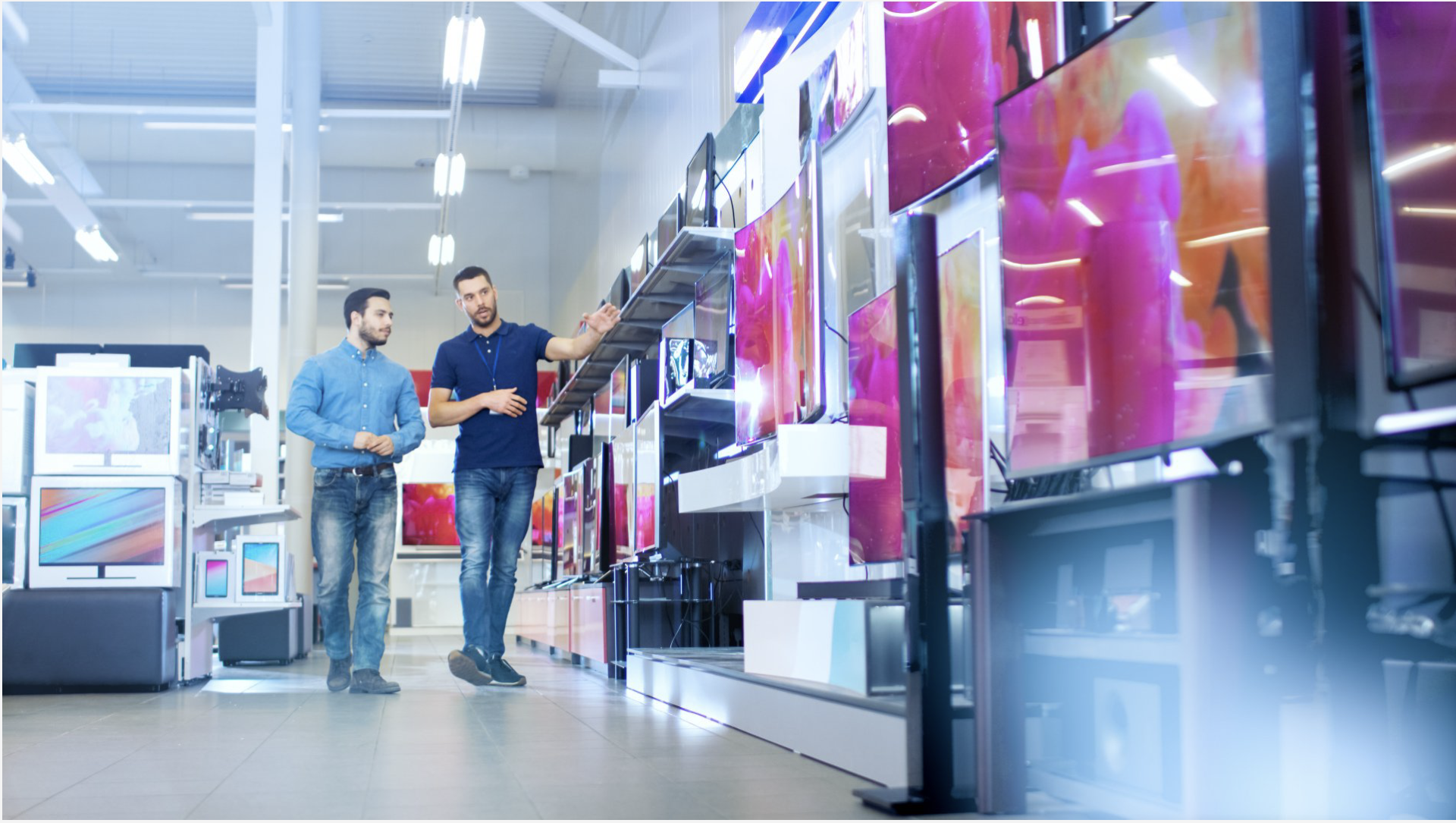
The evolution of the retail market has created a chasm between the online and offline experience. The transactional nature of e-commerce has created a consumer expectation of ultra-convenience, which retailers are incorporating at all levels of the purchase process. In the digital age of convenience, shopping online and in-store from the same retailer can feel different resulting in the massive adoption of technology to help build convenience in shopping experiences in online stores and brick-and-mortar stores. The following tips highlight the various ways that retailers can build a convenience store concept among their customers.
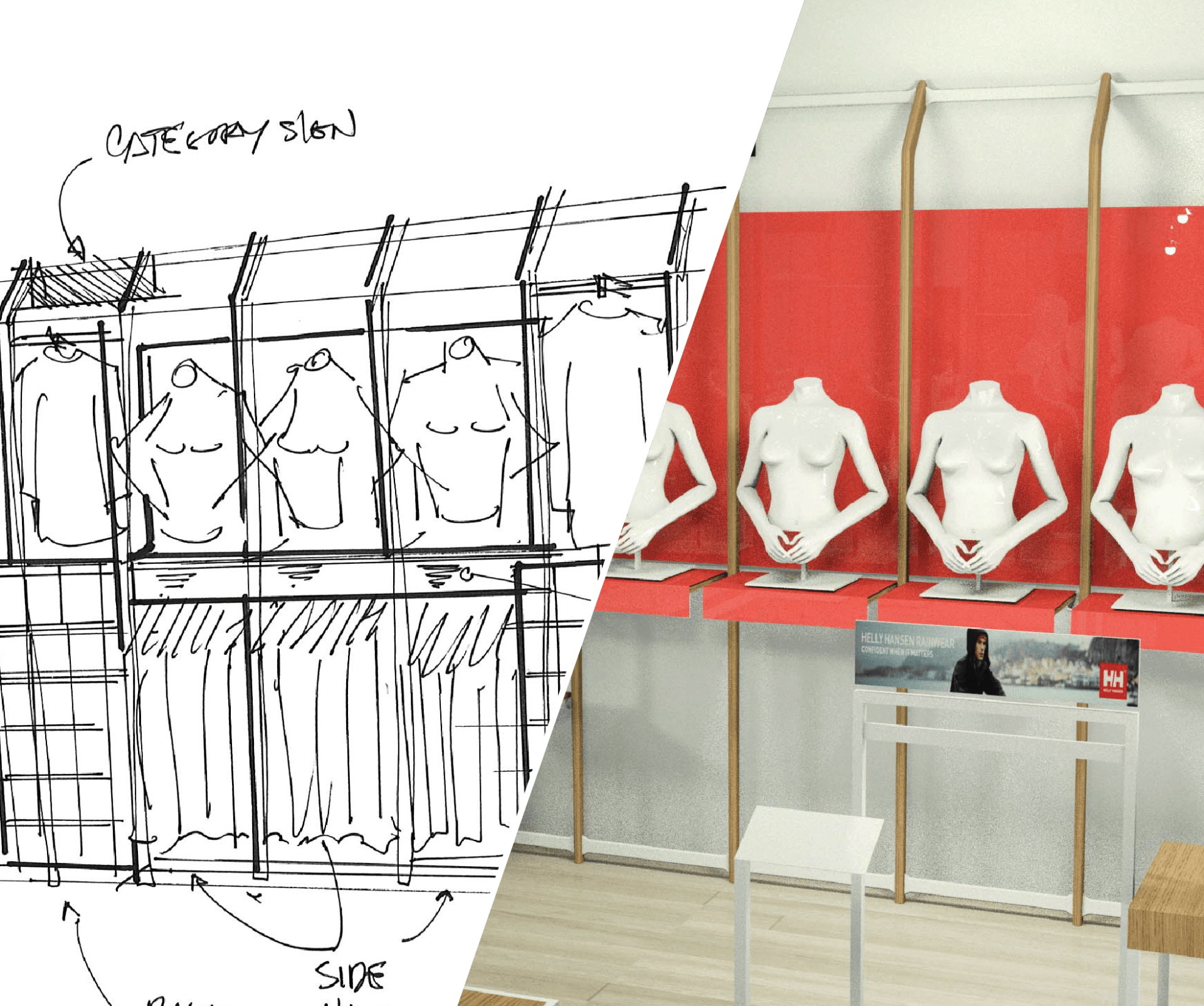
Anyone who has ever opened retail stores knows that success requires more than just renting space and opening the door. Taking a brand to new places can open the door for creativity in retail design. At Q20 we ask ‘what if’ a lot. We want to create new retail experiences that engage our client’s customers like never before. While asking ‘what if’ can expose us to the unknown, we support that question with a solid process that allows us to assist clients at any stage in their retail project. In this way, we access our team’s creativity within a structure that keeps projects on time, and on budget! We would like to offer some insight into our process to show how it supports creative new ways to deliver world class retail experiences. Take a look at the brief descriptions below and get in touch if we can help you in any of these stages for your retail development project. 1 . Design Engineering Retail store design starts with conceptualizing how to best use the space in order to fulfill the retailer's goals. We work together with our clients to establish those goals, researching sources for the right materials. Fixture requirements, modularity and capacity are all taken into consideration, ensuring adequate fixtures to properly display all of the store's goods. 2. Identify the Environment Our team works with clients to plan the use of the available space. This includes the marketing side of planning window display areas and merchandising for the retail store design. While this is happening, construction teams are working on site evaluation, permitting and regulatory factors that might affect the project. Because of restrictions imposed by the environment, each retail store design is unique. Restrictions must be taken into account early in the process, to ensure the best possible results for the retail construction and design project. 3. Engineering and Estimating We often explore a number of different options, seeking a mix that fits the client's budget. Drawings, specifications and initial pricing are prepared in this stage. At this point, clients make a decision on whether to build custom fixtures, source fixtures domestically or source them overseas to best meet their time and cost requirements. 4. Prototyping Fixtures With the concept well in hand, prototype sketches or models will be prepared, in a "proof of concept" process. All elements of the design must be vetted, to ensure that the fixtures will fit in the available space, provide the overall aesthetic appearance desired, and provide necessary display space. Further design modifications may be made based upon the results of the prototyping process. 5. Client Approval While the design process takes shape between the contractor and the retailer, this decision rests solely upon the customer's shoulders. Even so, like other stages of the process, it isn't about accepting or rejecting the overall concept, but rather seeking insight to further refine the design and make any additional changes that the customer deems necessary. 6. Engineering Updates Based upon the collaborative effort of the client approval process, engineering works to incorporate any necessary changes to the retail store design. Further drawings or prototypes are produced, as required, so the final design meets the customer's needs. 7. Fixture Production With approval of the design complete, it is time to begin production. We always start out with a first fixture fabrication to check that the design can be completed per the drawings and that the finished product will be the same as the prototypes. Potential problems with the manufacturing process are identified and rectified at this stage. Once everything looks good, any custom materials or tooling is created, and fabrication of the store's fixtures begins. There are two key elements in this stage of the process: quality control and transparency. It is the responsibility of our quality control team to ensure that each finished fixture matches the intent of the design. At the same time, the production process must be shared with the client, so they can see the progress and verify that the finished product is delivered to specification. 8. Retail Construction Management All the preceding steps lead up to the build-out. Once complete and the fixtures are installed, the retail store design will meet our customer's needs and provide a retail space which is attractive, effective and experiential. Installation of the fixtures is the high point for everyone in the team, as it is the cumulative result of the planning that went before. All fixtures are inspected to ensure their function and that they reflect the concept. We maintain close contact with our client through their opening or reopening to support them with any additional details needed to help ensure their success.
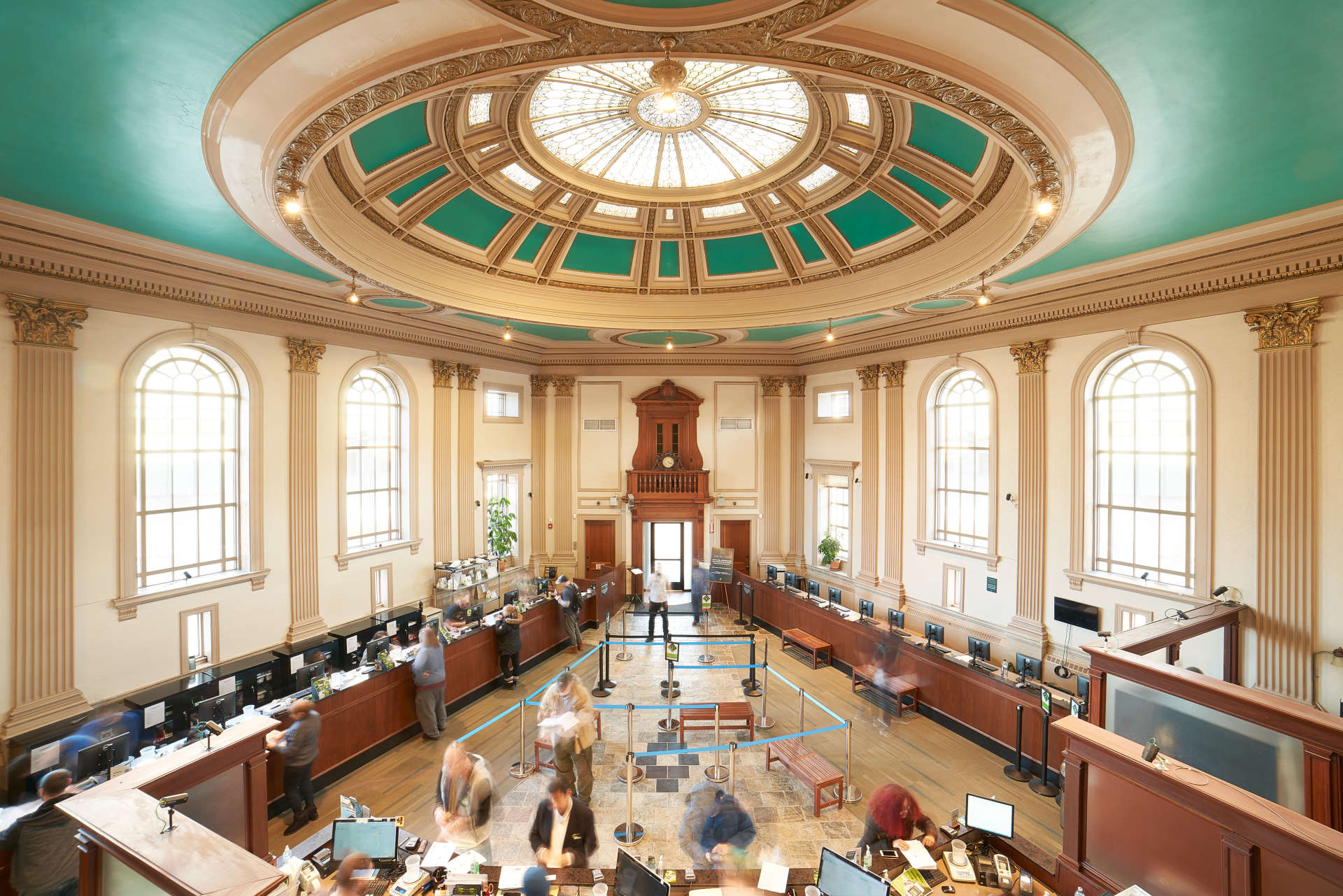
As legal cannabis sales continue to grow, there's a movement among dispensaries to improve the perception of cannabis, from educating consumers to providing a luxury buying experience. There is a growing trend across the industry to create spaces that are cutting-edge design statements and feature elegant décor and a one-of-a-kind, branded luxury buying experience. Cannabis dispensaries are giving designers like us a new canvas to explore. From incorporating natural materials like rich woods, stone, and bright lighting, to creating retail establishments in alternative spaces - creative dispensary design is working to brand cannabis retailing as a luxury experience. We are more than up for that challenge.
